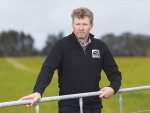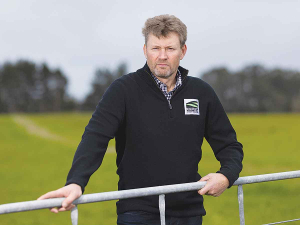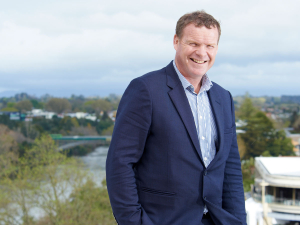The Rural Capacity Upgrade programme, established in 2017, is on track to provide 30,000 rural homes and communities with faster, improved connectivity.
That’s according to Digital Economy and Communications Minister David Clark who announced 21 new contracts with Crown Infrastructure partners at Fieldays earlier this month.
As announced in the 2022 Budget back in May, $47 million will go towards the first phase of a rural infrastructure upgrade programme and a further $43 million has been allocated to the second phase. Work is scheduled to be performed between now and 2024.
The announcement came at the same time as the Government’s statement of intent ‘Lifting Connectivity in Aotearoa New Zealand’ was released.
In the statement, Clark says the Government is on track with its goal to ensure 99.8% of New Zealand’s population has access to improved broadband by the end of next year.
However, the statement also notes that remote and rural New Zealanders do not always have easy access to the connectivity they require.
This, it claims, is the reason the Government has created a $15 million Remote Users Scheme, designed to extend coverage, and support the use of innovative connectivity options.
It says there is still room for improvement on the quality of connectivity for many New Zealanders.
“There still remain large areas of New Zealand’s land mass where options for connectivity are limited, because of remoteness and very low population density such as over a large far property or in a national park. In such cases, satellite coverage may be the only option for digital connectivity,” the report states.
Clark says the new round of the Rural Capacity Upgrade will see many existing towers upgraded and new connections established in rural areas currently experiencing poor performance.
Meanwhile, Federated Farmers national board member and telecommunications spokesman Richard McIntyre says the Government’s goal to have 99.8% of New Zealand connected is an ambitious but admirable one.
He says the Lifting Connectivity in Aotearoa report moves the discussion around connectivity away from justifying that something needs to be done and toward getting on and doing it.
“While it’s going to take a lot more investment on top of the money already announced, we applaud the commitments made to longer-term rural connectivity solutions,” McIntyre says.
He adds that it appears the government has considered the findings of recent Federated Farmers Rural Connectivity Surveys.











